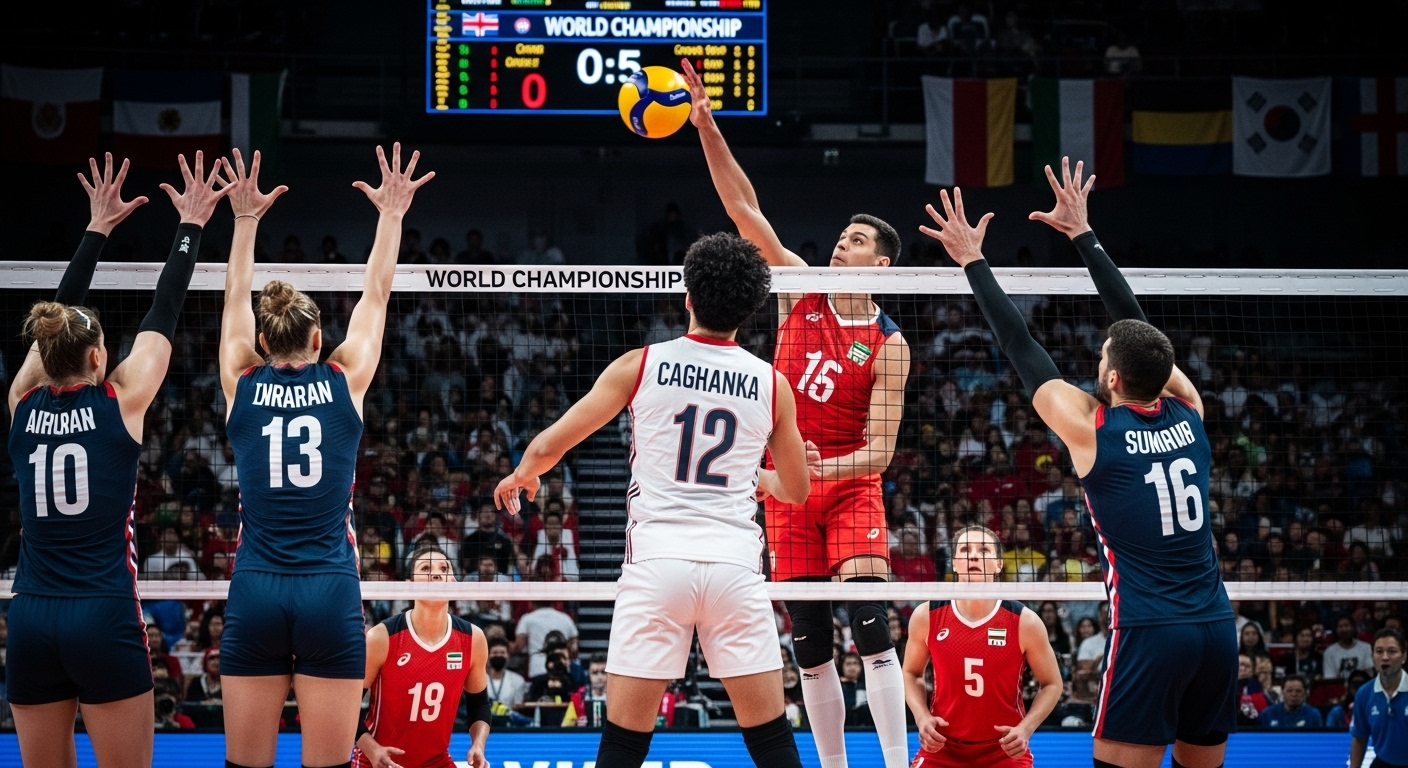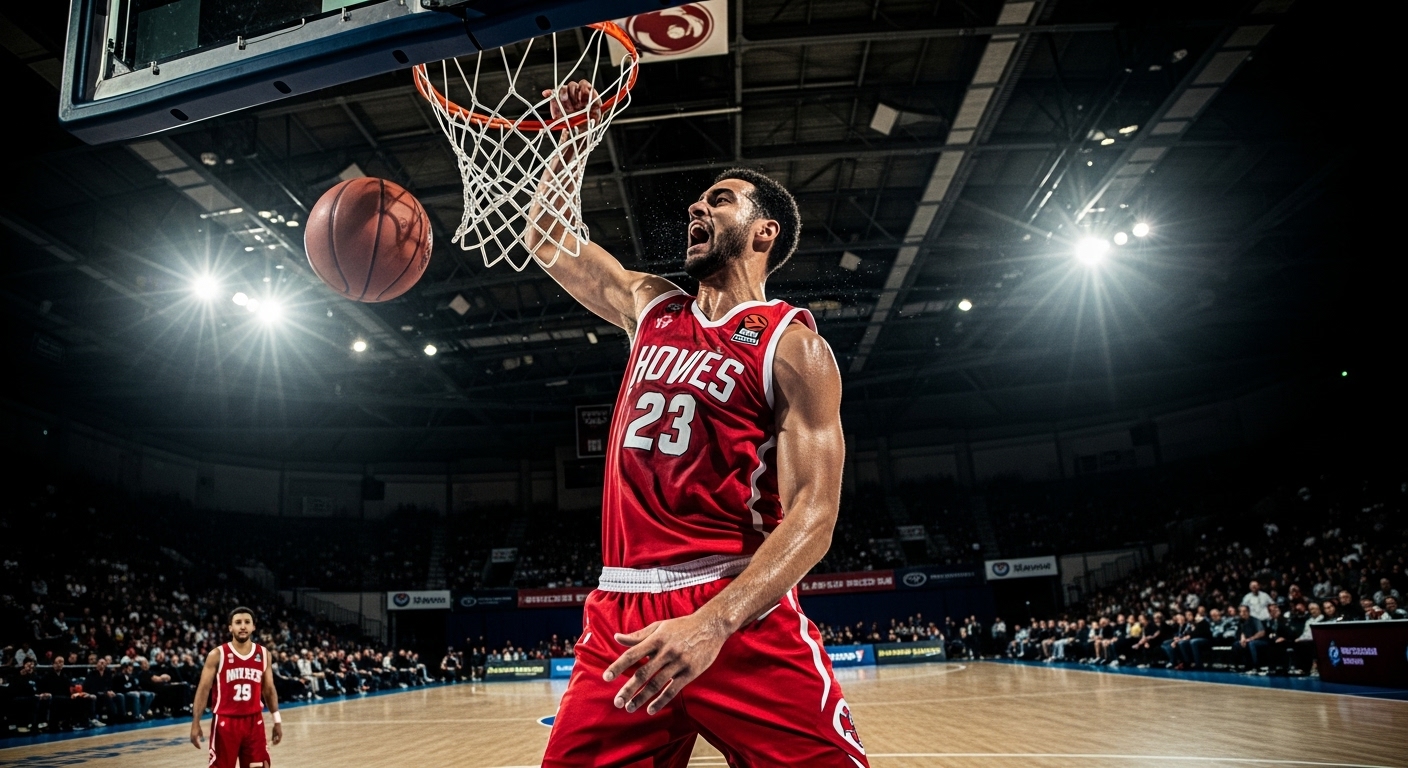Introduction
Volleyball is a dynamic team sport emphasizing agility, strategy, and coordination. From its invention in 1895 to Olympic glory, volleyball has grown into a global phenomenon with professional leagues, beach variants, and widespread grassroots participation. This blog explores volleyball’s history, rules, techniques, professional competitions, and future trends.
History of Volleyball
- Invention: Created by William G. Morgan in Massachusetts, 1895.
- Evolution: Introduction of rules, court dimensions, and net heights.
- Olympic Inclusion: Indoor volleyball in 1964, beach volleyball in 1996.
Rules and Gameplay
- Team Composition: Six players per side in indoor volleyball; two in beach volleyball.
- Scoring System: Rally point system, sets, and match formats.
- Positions & Roles: Setter, outside hitter, middle blocker, libero, opposite hitter.
- Techniques: Serving, passing, setting, attacking, blocking, digging.
Professional Leagues and Tournaments
- FIVB World Championships – Elite international competitions.
- Olympics – Showcasing indoor and beach volleyball.
- Professional Leagues – Italy, Brazil, Poland, Russia, and Japan.
- Beach Volleyball Tours – FIVB World Tour and major international events.
Legendary Volleyball Players
- Karch Kiraly – Dominant in indoor and beach volleyball.
- Giba – Brazilian icon, leading his national team to multiple titles.
- Misty May-Treanor & Kerri Walsh Jennings – Legendary beach volleyball duo.
- Svetlana Khorkina – Inspiration in women’s volleyball excellence.
- Earvin N’Gapeth – Modern indoor volleyball star.
Volleyball Culture
- Global Popularity: High in Brazil, USA, Russia, Italy, and Japan.
- Community & Grassroots Programs: Encouraging youth participation and skill development.
- Fan Engagement: Digital coverage, interactive apps, and social media.
- Beach Culture: Combining sport, lifestyle, and tourism.
Technology in Volleyball
- Video Review Systems: For line calls and net violations.
- Wearables & Sensors: Monitoring jumps, spikes, and movement efficiency.
- Broadcast Innovations: High-speed cameras, replay systems, and live stats.
- Analytics Tools: Strategy optimization, opponent scouting, and player performance tracking.
Training and Preparation
- Physical Conditioning: Strength, vertical jump, agility, and stamina.
- Technical Drills: Serving, passing, spiking, blocking.
- Mental Preparation: Focus, teamwork, communication, and strategic thinking.
- Nutrition & Recovery: Hydration, diet, and injury prevention.
Challenges Facing Volleyball
- Global Accessibility: Limited indoor facilities in developing regions.
- Injury Prevention: Knee, shoulder, and ankle injuries common.
- Gender Parity: Promotion of women’s leagues and equal pay.
- Commercialization vs Sport Integrity: Maintaining competitive fairness.
Future of Volleyball
- Esports Volleyball: Digital adaptations and fan engagement.
- AI Analytics: Enhancing performance and strategic decision-making.
- Global Expansion: Growing interest in Asia, Africa, and South America.
- Sustainability Initiatives: Eco-friendly arenas, tournaments, and infrastructure.
Conclusion
Volleyball is a sport that embodies teamwork, strategy, and agility. With technological integration, global reach, and professional development, volleyball continues to thrive as both a competitive sport and a lifestyle activity.




